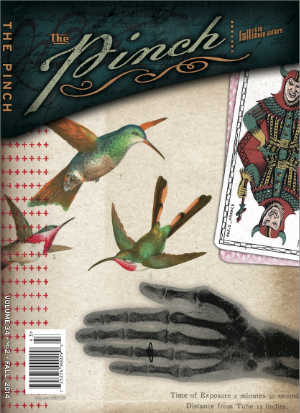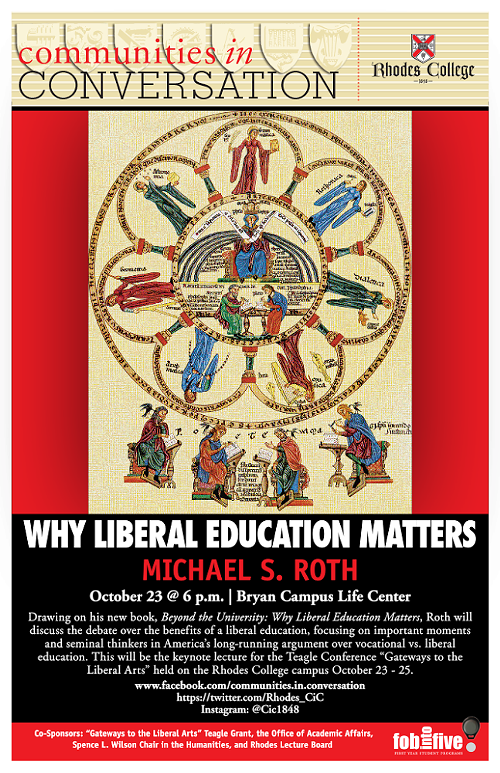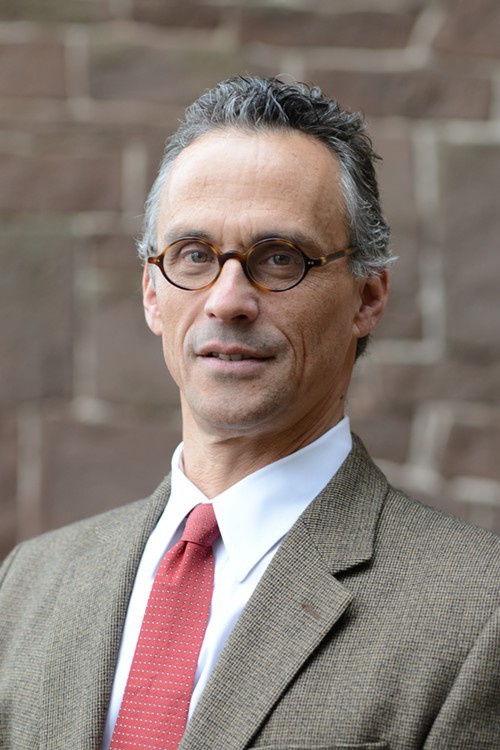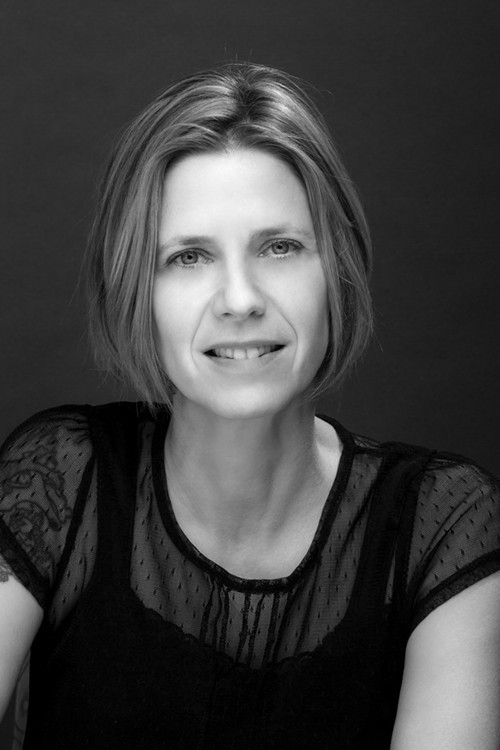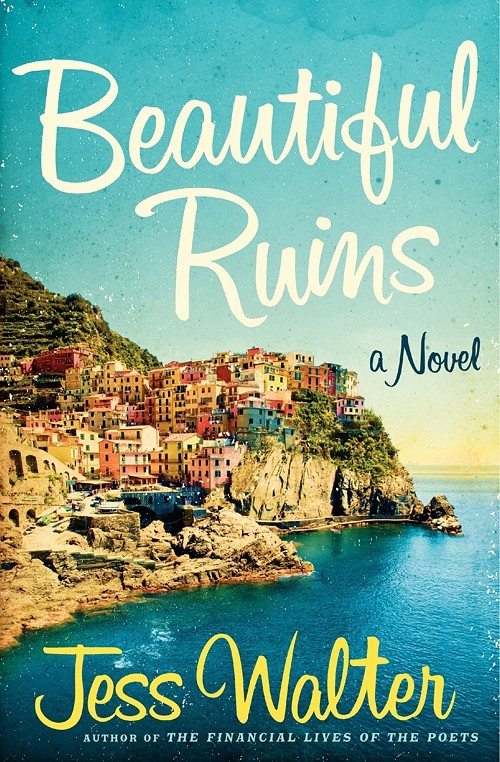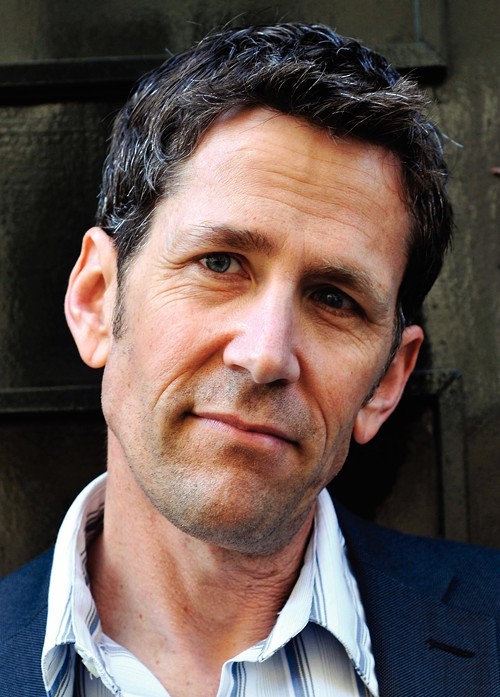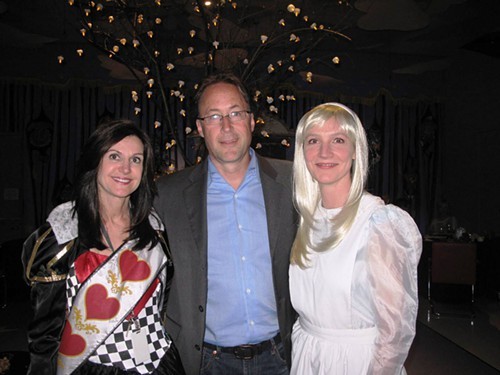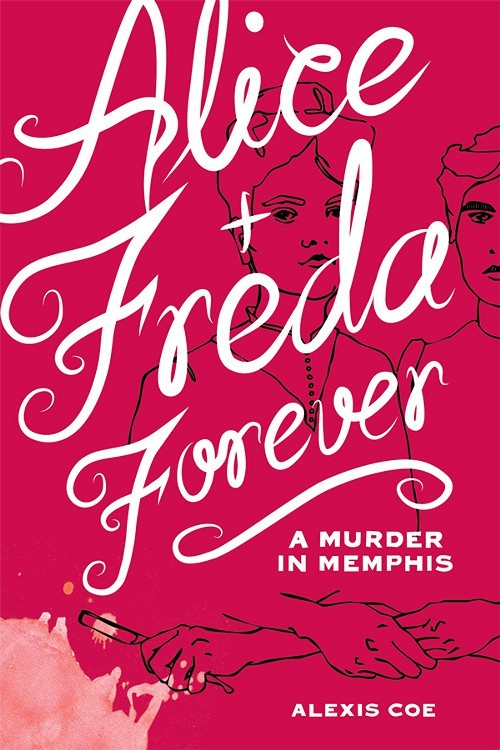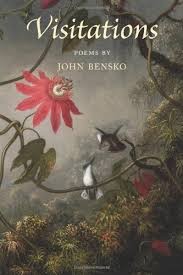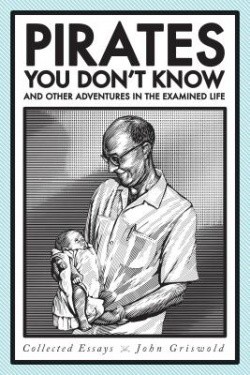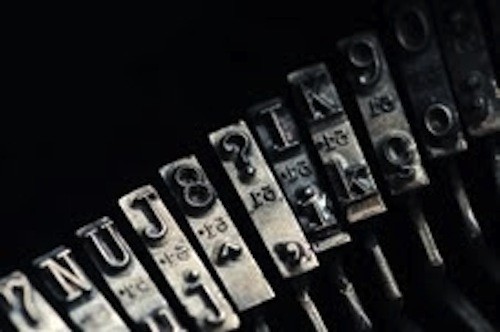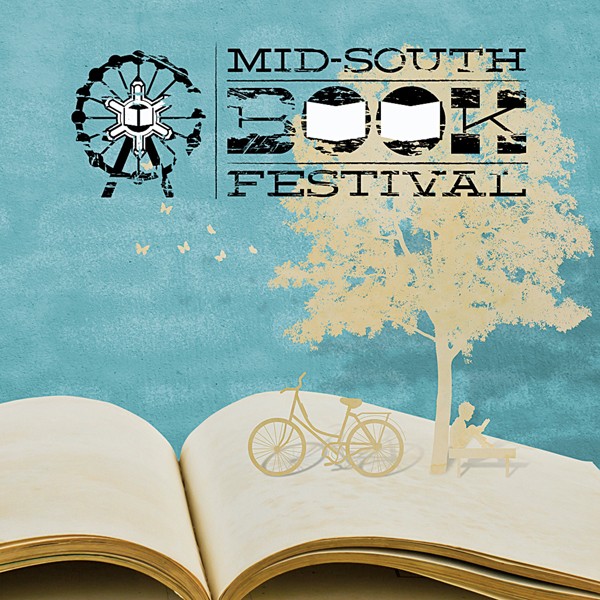“Didn’t I hear once that you …” But he cuts me off.
“Yeah,” he says, “I probably did.”
No “probably” about it. In 1975, Jerry Lee Lewis was convicted of assault and battery and fined $25 for “attacking” a waitress at Bad Bob’s lounge in Memphis. The weapon was a fiddle bow, and the waitress later sued him for $100,000. But Lewis ignored the lawsuit — and, in time, so did everybody.
Then there was the time in 1976 when at his wife’s house in Collierville, Lewis fired a .357 at a Coke bottle, and when it shattered, his bass player got hit by the flying glass. Lewis was charged with shooting a firearm within the city limits, but the incident was judged an accident. No accident, there was drinking going on that night — “unconsolable drinking,” Lewis later said. But it was the bass player who not only got injured, but got an earful from Lewis’ fourth wife, Jaren, for ruining her white shag carpet.
Then there was the night Lewis was on his way home to Nesbit, Mississippi, in his white Rolls-Royce. He took a wrong turn and ended up behind a long line of trucks. The truckers looked at Lewis like he was nuts. But he wasn’t. He was, again, drunk. Which explains why he continued, waving, onto the scales of the weigh station.
At least that night he was right side up. Not so the time Lewis was in the Rolls with Jaren and speeding through Collierville. The car ended up upside down. No serious injuries — unless you count the car, which was traded in for a white Lincoln Continental, the same car Lewis was driving when, at 3 in the morning, he hit the front gate at Graceland. He was there because Elvis had invited him. That Lewis was drunk is a no-brainer. That he stepped out of the car brandishing a pistol as if to threaten Elvis if Lewis were not allowed through the gate was more open to question. Still is. And, frankly, Lewis is sick of talking about it.
“I don’t know … everybody got carried away with that,” Lewis tells writer Rick Bragg in Jerry Lee Lewis: His Own Story (Harper). “They wanted a big story out of that. They wanted to know the real truth about it.” So Lewis had to keep talking about it, until: “I’d get up to a certain extent, [then] I’d say, ‘Aw, I just can’t tell no more. That’s as far as I go.'”
Well then, let’s move on to some positive notes — back to the time when Lewis met John Lennon, who knelt and kissed Lewis’ feet. Or when Lewis met James Brown, who kissed Lewis on the cheek.
What’s way more important, let’s not rehearse here the marriages and the scandals, the career highs and lows. Let’s look to the man and the music he made and still makes — music that drove Lewis’ fellow students at Southwestern Bible Institute, according to the dean, “crazy” (it was an up-tempo version of the old gospel tune “My God Is Real” that got Lewis instantly expelled); music that in 1964 shook the Star-Club big time in Hamburg, Germany (which left the place, according to Bragg, “trembling”); and music in 1969 that made it to the moon (thanks to Apollo 12 astronaut Charles Conrad Jr.). Let’s also keep in mind what mattered and still matters most to Lewis: the show.
“I want to be remembered as a rock-and-roll idol, in a suit and tie or blue jeans and a ragged shirt, it don’t matter, as long as the people get that show,” Lewis tells Bragg. “The show, that’s what counts. It covers up everything. Any bad thought anyone ever had about you goes away. ‘Is that the one that married that girl? Well, forget about it, let me hear that song.’ It takes their sorrow, and it takes mine.”
One of Lewis’ own idols, Hank Williams, taught him that. Over the course of many interviews inside Lewis’ home in Nesbit, Lewis taught his Pulitzer Prize-winning biographer a thing or two as well.
“Writing this book was as long as a bad dream some days, longest book I’ve ever done,” Bragg admitted in a phone interview with the Flyer. “I thought a good book should be 350 pages or so, about as thick as a good ham sandwich. But this one was something else, because there was just so much life. And no, Jerry Lee never said to me, ‘I’m not gonna talk about this, about that.’ There were times, though, he’d physically turn away — not that he was ashamed of something he was telling me but because it was about the death of people he cared about. He’s not asking anybody in the secular world for approval or forgiveness. If you think that, you don’t know anything about Jerry Lee Lewis. He’s preparing himself for a better ending.”
In Jerry Lee Lewis, Bragg takes us back to the beginning, with Lewis right there with us, present tense and on the page, recalling the bottomland of Ferriday, Louisiana, and his upbringing: son of a mama who adored him and of a father who tried his best to make ends meet, even if it meant prison time for the money he made running whiskey during the Depression.
Elmo and Mamie Lewis knew their second son showed early talent at the keyboard. More than talent, it was a natural-born genius for absorbing and adapting the sounds that surrounded him: rolling, bottom-heavy gospel inside the Assembly of God church the family attended; the latest country, folk, swing, anything on the radio, so long as the radio’s batteries held out; pounding blues inside Haney’s Big House in the black section of Ferriday, which is where Lewis says he got the “juice” he was to pour into his own music-making and where he got a firsthand look at folks having a damn good time. And just across the Mississippi River, in Natchez, there was the Blue Cat Club, where Lewis played, a boy of 13, 14, 15 — except on those nights when police raided the place, Lewis would report being 21, and the police would laugh and let it slide. Nights in a Benzedrine blur would come soon enough.
Bragg calls Lewis the schoolboy “a student of mischief” and describes Lewis the performer this way: “Some men outgrow their boyish devilment. Others only polish it.” Lewis polished it to such a shine that he could play keyboard with his foot — and still stay in key. Anything, again, for the show, because the people who pay good money to see it deserve it.
Lewis turned 79 on September 29th. He’s beyond proving he can, in Bragg’s words, “outplay, outdrink, outfight and, well, out-everything anybody.” But proving anything to anybody was never the point. Jerry Lee Lewis: His Own Story makes clear the better point, and the Killer said it himself: Elvis had the Colonel, but “don’t nobody — nobody — manage Jerry Lee. Don’t nobody handle Jerry Lee. I can’t be handled.” But he can sure as hell play on.
